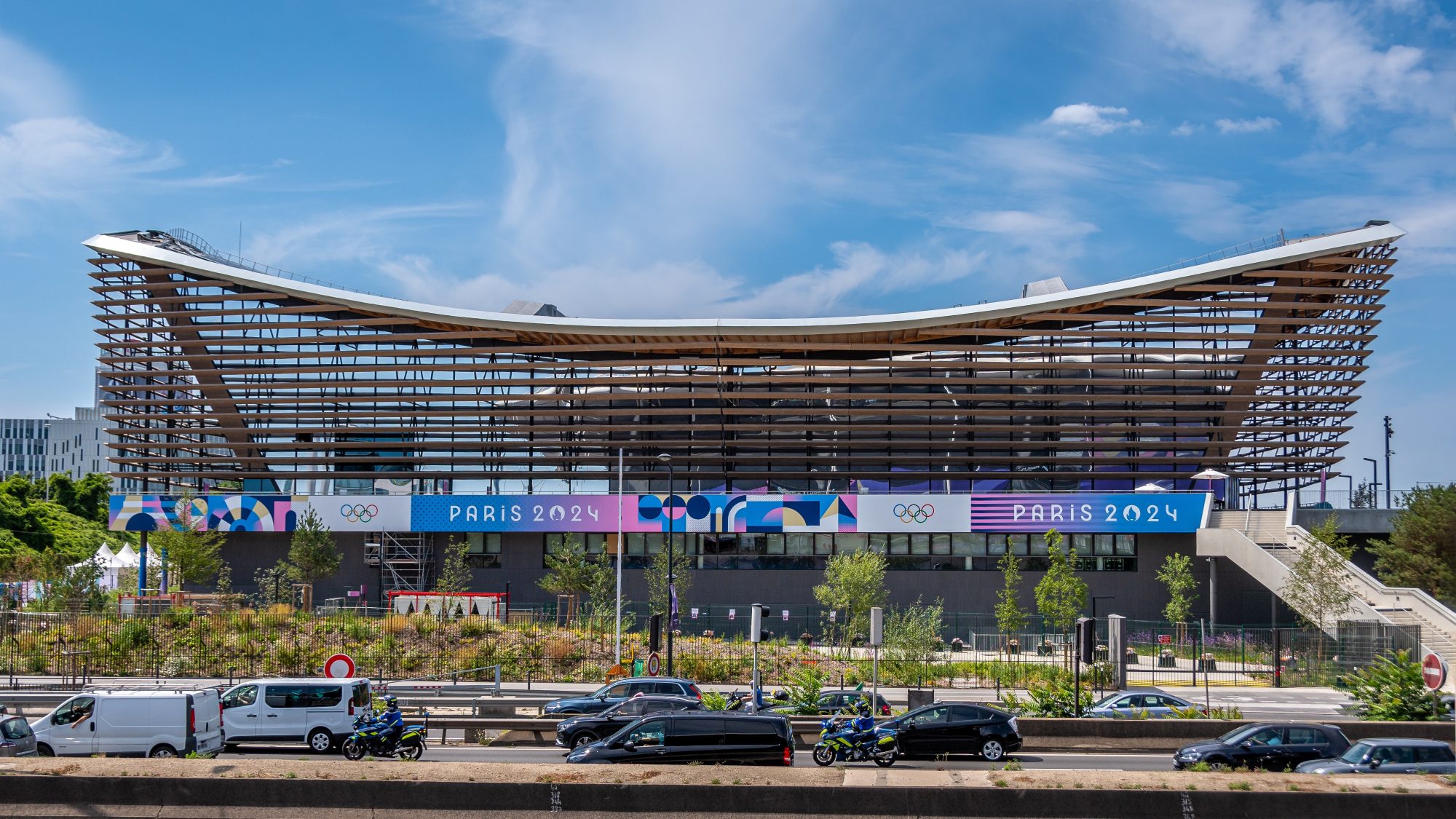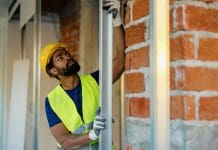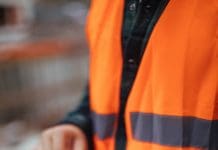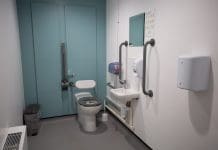Building life after the Olympics is about learning lessons about legacy and the role of technology in creating sustainable stadia developments, states Marc Nezet, chief strategy officer & chief division officer of the operate & manage division, Nemetschek Group
When it comes to tradition, Paris is no stranger to challenging the status quo. As host of the 2024 Olympic Games, the City of Light is at it again. Not only were the Olympians unveiled in an opening ceremony that saw them floating on boats on the River Seine (and not parading in the Stade de France), but the project also saw the construction of just one new sporting venue, the Aquatics Centre.
Legacy is perhaps an overused word when it comes to the Olympics. Many cities are still feeling the after-effects of hosting the games, with accusations of ‘white elephant’ stadia, in particular, a stark reminder of the financial and environmental cost of poor planning. Even after twenty years, there are reports that Athens is still struggling with abandoned buildings, while in Rio de Janeiro it has taken eight years to finally start delivering on some of its legacy promises. In 2022, London came in for some criticism on its legacy efforts to regenerate the area in and around the Olympic Park.
The point is that hosting the Olympics is expensive and challenging, especially when it comes to stadia and infrastructure. Paris has essentially tried to address this by using existing stadia developments to host the majority of events. While the Aquatics Centre is the only new build, this, according to the organiser’s Legacy and Sustainability Plan, has already been earmarked for transformation post-games into a multi-use sports facility.
Using existing stadia developments
Using existing stadia makes a lot of sense, even if those stadia developments need a bit of updating or tailoring to specific sporting needs. This is the challenge of building modern stadia.
How do you design, build and manage facilities over a number of years and ensure they meet, not just long-term goals for sports events but also sustainability targets, including potential end-of-life deconstruction?
To be fair to previous host cities that have struggled with legacy, such as Athens and Barcelona, they did not have access to the sort of technology that can enable organisers to build and plan stadia with costs, sustainability and legacy in mind. Building information modelling (BIM), AI and digital twins are today rapidly reshaping the construction industry, and the Paris Olympics is already seeing the benefit.
Some of its existing stadia have been designed and built to precision, using the latest technologies to plan, model and deliver projects to tight specifications. This includes meeting sustainability requirements at every stage of the process, as well as delivering stadia that will be carbon, as well as cost conscious.
The challenge with these projects is often coordination. Multiple agencies and stakeholders need to collaborate and communicate. Without dedicated digital tools this can often lead to errors and inconsistencies, which invariably means project delays and extra costs.
Creating a digital twin
This is the point of digitisation. As the construction of stadia developments has moved into a new era, where sustainability demands vie with cost constraints to produce venues that meet multiple challenges, the need for digitisation and automation is increasingly apparent. Managing complex supply chains, from materials through to project timing, and focusing on meeting those challenges demands accuracy, transparency and flexibility.
Through BIM’s ability to organise and standardise data, digital twins become possible, where developers can enhance visibility, increase efficiencies and deliver data-driven insights for all stakeholders in the stadia development process. As Paris 2024 is committed to being a model for low-carbon games, this ability to see a digital picture of stadia and create a lifecycle plan becomes even more crucial.
Stadia consuming 100% renewable energy via rooftop solar panels makes a lot of sense and with a digital twin, it is possible to simulate how they will work and positively impact the stadium. This is how developers learn, to use the knowledge delivered through detailed digital simulations to problem solve any future developments.
Statistics generally point to a need for change. It’s a received industry belief that around 90% of building projects are over budget, while 40 % of carbon emissions globally are created by the industry and 20% of precious building materials are wasted. Stats may vary of course, but the reality is that we now have the tools to model accurately and learn from past mistakes.
Reusing Olympic venues
A year after London 2012, a BBC poll revealed that more than two-thirds of the UK population believed that the £8.77bn spent on the games was worth it. Government research at the time claimed that the Olympics was responsible for a £9.9bn boost in trade and investment. It was, to all intents and purposes, a success but even with that mood of optimism and a financial uptick, the legacy issue came back to haunt the organisers.
While most venues are still in consistent use today, the Olympic stadium took four years to reopen as a multiuse venue primarily occupied by West Ham Football Club. Converting the stadium added £323m to the bill and there remain question marks over its financial viability today.
However, many of the London 2012 venues remain in place and were originally built with sustainable materials, something which Paris 2024 has continued to embrace and develop. So, the biggest lesson is clearly learning from previous games but without data and digital modelling this becomes a very labour-intensive task. And not all countries are blessed with existing infrastructure to limit the need for building new venues, so the data needs to be used and shared to help countries develop stadia and legacies through accurate modelling.
But while technology can now play an essential role in pointing to and then fine-tuning how to make buildings more sustainable, it only has a partial role in ensuring a building’s legacy; that can only be assured from designing the building with legacy in mind from the outset, and with valuable input from all stakeholders – local authorities, private and public sector organisation as well as citizens – who will have to ‘live’ with the resulting building on their doorstep for years to come. What they want or need from the building post-event, must be considered if a meaningful legacy is to be assured.
Paris 2024 was certainly a huge leap in the right direction for creating low-carbon sporting events. Re-use and recycle are now bywords for stadia development but they still come at a cost. BIM and digital twins are now the only efficient, viable route for the future, to not just keep the carbon low but to actually enable events to be carbon-positive and ensure strong legacies. Now that has to be worth a medal.
*Please note that this is a commercial profile.














